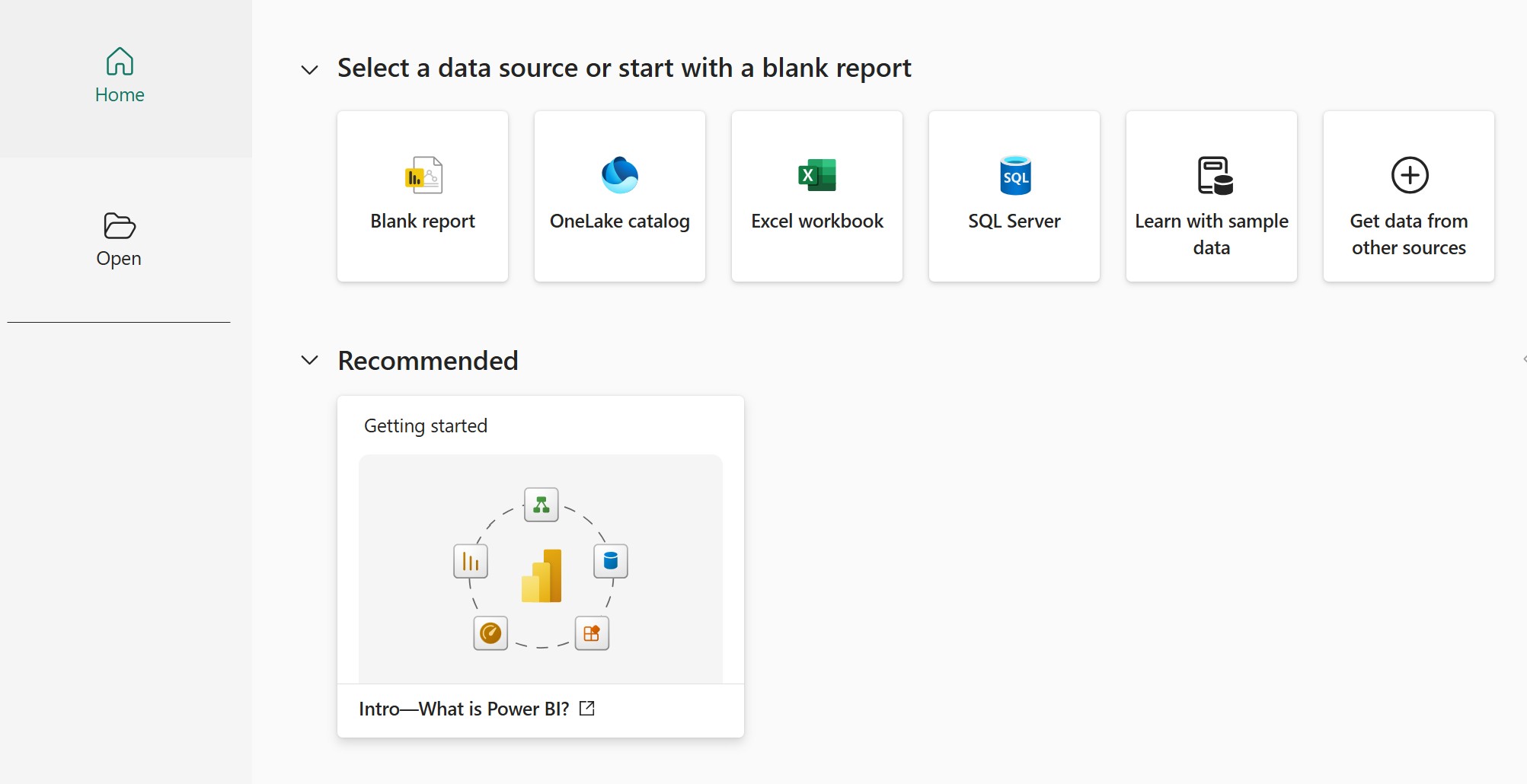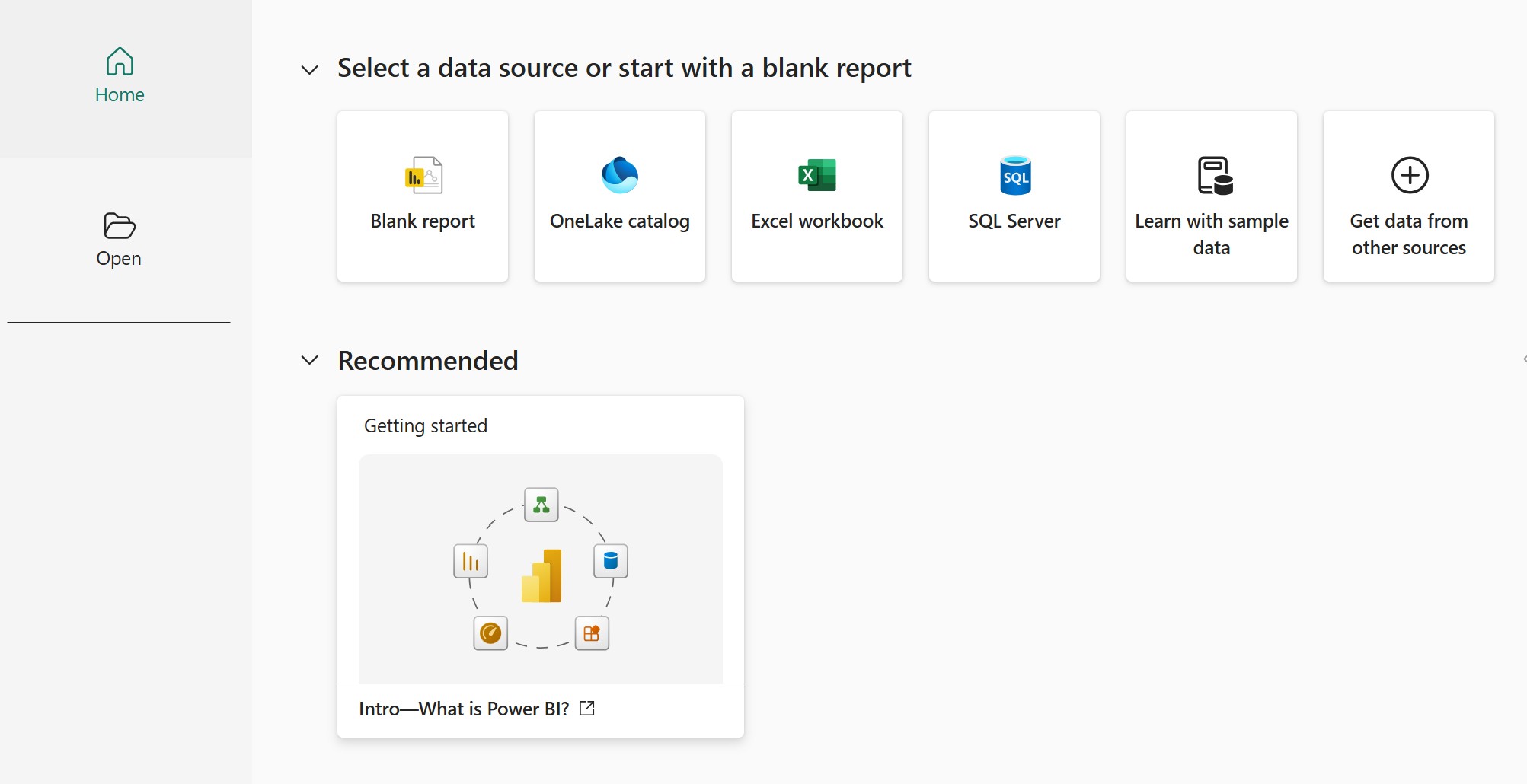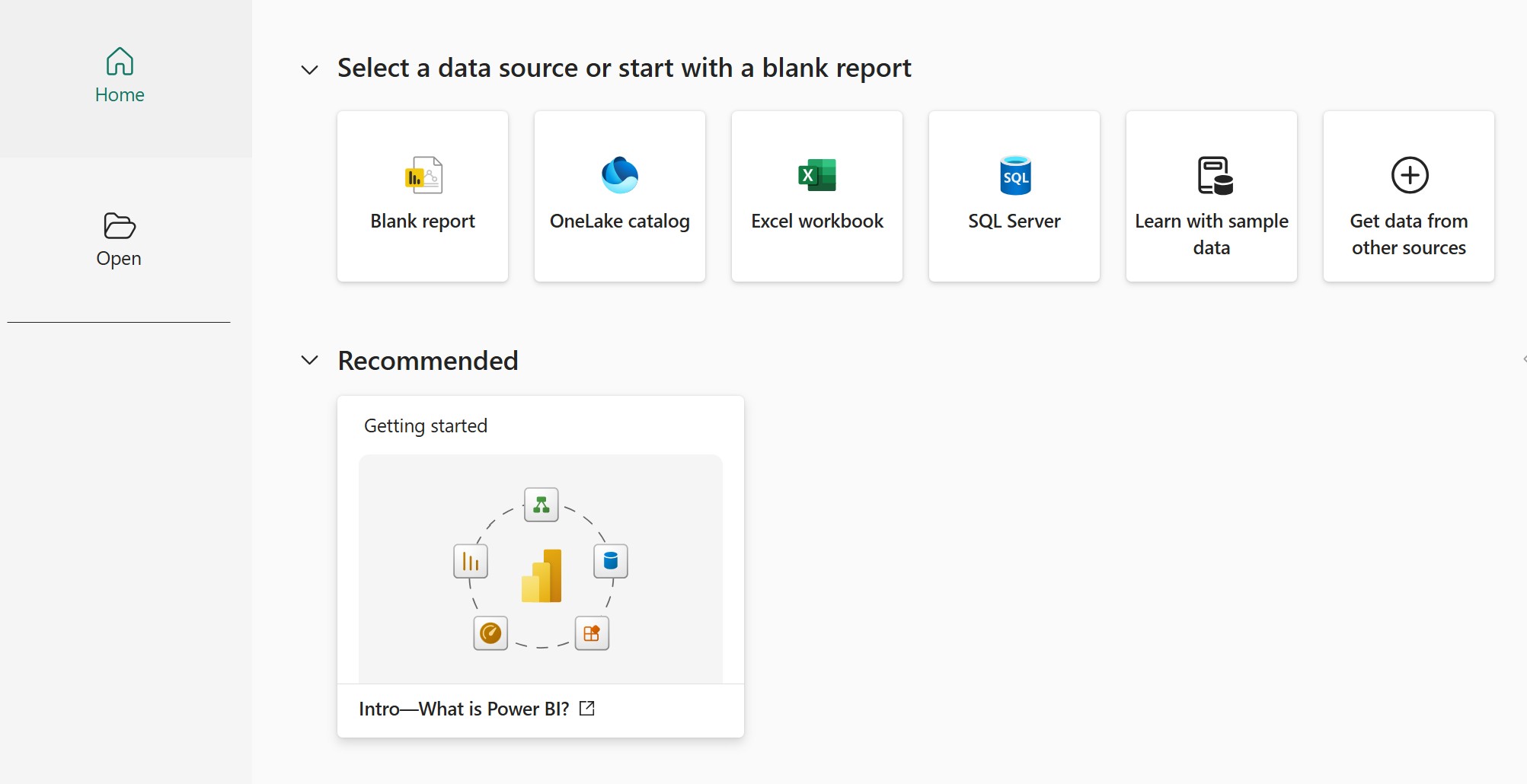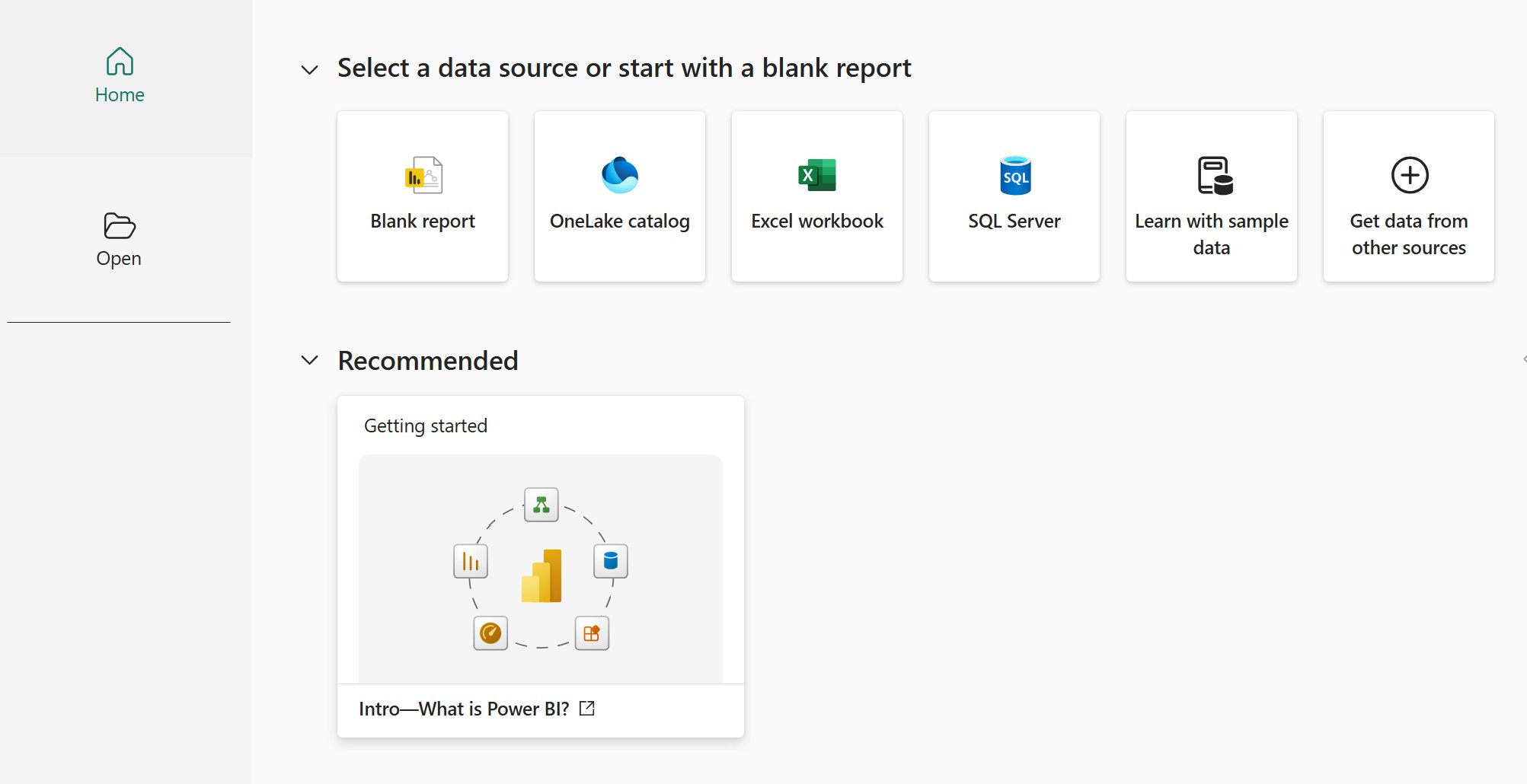Power BI Series at Skli.ai : We don't just provide answers, we build understanding by making complex knowledge digestible and personalized.
Skli.ai uniquely excels in the Research and Understanding Phase of knowledge work—where other AI systems merely generate content, we specialize in breaking down complex information into structured, comprehensible formats. Our platform transforms uploaded texts and videos into customized learning resources: comprehensive summaries, intuitive mind maps, targeted flashcards, organized learning notes, and relevant study questions.
The data revolution waits for no one. Whether you're pursuing PL-300 certification or strengthening your organization's analytics, this series delivers practical Power BI skills you can apply today. At Skli.ai, we transform complex data concepts into real-world results. Let's dive in.
Power Query: The ETL Engine
Power Query serves as the extract, transform, and load (ETL) foundation of Power BI, enabling robust data preparation through its intuitive interface and powerful M language. It ensures data quality and consistency before analysis begins.
Core Transformation Functions
| Function | Purpose | Examples |
| Cleaning | Removes errors and inconsistencies |
|
| Shaping | Restructures data for analysis |
|
| Modifying | Enhances data usefulness |
|
M Language: The Engine Behind Power Query
M language powers all Power Query transformations, automatically generating code as you use the interface. While the visual interface handles most needs, direct M-code is essential for:
| Scenario | When to Use M-Code Directly |
| Complex Logic | When standard interface options cannot implement required transformation logic |
| Custom Functions | For creating reusable transformation logic across multiple queries |
| Advanced Error Handling | When precise control over error conditions and unusual data structures is needed |
Data Flow Destinations
After Power Query prepares your data, it can be directed to:
- Excel worksheet tables for simple analysis
- Power Pivot data model for advanced modeling, enabling:
- Table relationship creation
- Complex calculations using DAX
- Multi-dimensional analysis
DAX: The Analytical Brain
DAX (Data Analysis Expressions) is a formula language specifically designed for data modeling and analysis within Power BI, turning prepared data into actionable insights.
Core Capabilities of DAX
| Capability | Description | Business Value |
| Advanced Calculations | Enables complex formulas beyond basic aggregations | Reveals deeper insights through sophisticated analysis |
| Context Awareness | Formulas adapt to visualization filters and selections | Creates dynamic, interactive reports that respond to user actions |
| Custom Business Logic | Implements specific business rules and metrics | Ensures reports follow organizational definitions and standards |
How DAX Powers Visualizations
DAX formulas create these critical components:
- Measures: Context-aware calculations that respond to filters and slicers
- Calculated Columns: Row-by-row computations within tables
- Calculated Tables: Entirely new tables derived from existing data
- Filter Expressions: Custom logic for data inclusion or exclusion
Working with DAX Data Types
| Data Type | Common Usage | Example |
| Numeric | Calculations, aggregations | TotalSales = SUM(Sales[Amount]) |
| Boolean | Logical comparisons | IsHighValue = IF([Order Amount] > 1000, TRUE, FALSE) |
| DateTime | Time intelligence | DaysSinceOrder = DATEDIFF(Orders[OrderDate], TODAY(), DAY) |
| String | Text manipulation | FullName = CONCATENATE(Customers[FirstName], " ", Customers[LastName]) |
| Decimal | Precise financial calculations | Percentage = DIVIDE([Value], [TotalValue], 0) |
DAX Best Practices
Using Variables for Clarity and Performance
Without Variables:
SalesAboveAverage = CALCULATE(SUM(Sales[SalesAmount]),FILTER(Sales Sales[SalesAmount] > AVERAGEX(ALL(Sales[Product]), Sales[SalesAmount]) ))
With Variables:
SalesAboveAverage =
VAR AverageSales = AVERAGEX(ALL(Sales[Product]), Sales[SalesAmount])
RETURNCALCULATE(SUM(Sales[SalesAmount]),FILTER(Sales,Sales[SalesAmount] > AverageSales ))
Benefits:
- Improved readability through named intermediate calculations
- Enhanced performance by calculating values only once
- Easier maintenance with centralized logic
Conclusion: The Complementary Forces Driving Analytical Excellence
The seamless integration of Power Query and DAX represents the true power of Microsoft's analytical ecosystem, creating a unified data pipeline that transforms raw information into meaningful business insights. This powerful combination addresses the two fundamental challenges of business intelligence: preparing clean, structured data and extracting actionable intelligence from that data.
Power Query excels as the data preparation foundation, handling the critical but often underappreciated work of data cleansing, transformation, and integration. Its intuitive interface, backed by the robust M language, democratizes what was traditionally complex ETL work, enabling analysts to spend less time wrestling with data inconsistencies and more time focusing on analysis. The automation of repetitive data preparation tasks through Power Query not only improves efficiency but also enhances data quality by enforcing consistent transformation rules.
DAX complements this foundation by providing the analytical engine that converts prepared data into business insights. Its context-aware calculations, ability to implement complex business logic, and seamless integration with visualizations make it uniquely powerful for creating interactive, responsive analytics. The introduction of variables and other best practices in DAX formula writing demonstrates how the language continues to evolve to meet the needs of both casual users and advanced data analysts.
What makes this combination particularly powerful is how it segregates concerns while maintaining integration. The clear separation between data preparation (Power Query) and analysis (DAX) creates a logical workflow that mirrors the analytical process itself, yet the seamless handoff between these components ensures a cohesive user experience. This architecture allows specialists to focus on their areas of expertise while enabling generalists to work across the entire pipeline.
For organizations committed to data-driven decision making, mastering both Power Query and DAX provides compounding returns. Investments in better data preparation through Power Query yield more reliable inputs for DAX calculations, while sophisticated DAX formulas extract greater value from well-prepared data. This virtuous cycle transforms data from a static resource into a dynamic asset that continuously delivers organizational insights.
As business data continues to grow in volume and complexity, the Power Query and DAX pipeline offers a scalable, adaptable approach to analytics that will remain relevant regardless of specific business domains or data sources. By understanding and leveraging these complementary technologies, organizations can build a sustainable analytics foundation that evolves with changing business needs while continuing to deliver consistent, trustworthy insights that drive informed decision-making.
References
Microsoft. (2024). Power BI Documentation. https://learn.microsoft.com/en-us/power-bi/
Microsoft. (2024). Exam PL-300: Microsoft Power BI Data Analyst. https://learn.microsoft.com/en-us/certifications/exams/pl-300/




